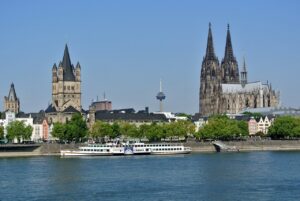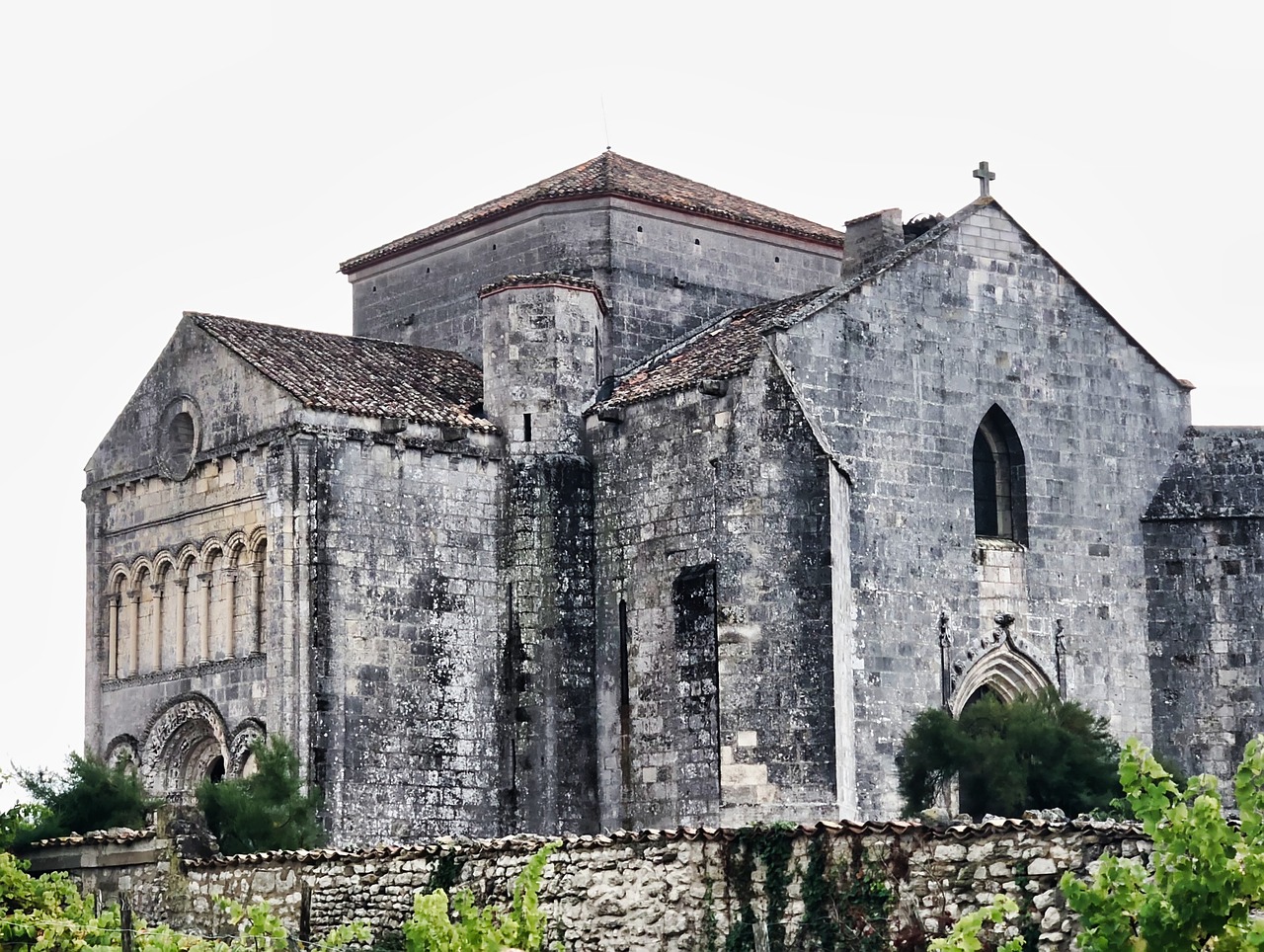The town of sanseverino teggiano diano norman, situated in the Vallo di Diano in southern Italy, holds a profound association with the Sanseverino family and the Norman heritage. It is where middle age design, Norman history, and the Sanseverino family’s impact mix into an enthralling verifiable story. This article dives into the entwined history of Teggiano, the Diano valley, the Sanseverino family, and Norman legacy — offering bits of knowledge into the town’s significance in Italy’s social embroidered artwork.
The Verifiable Meaning of Teggiano
Teggiano, an old ridge town in the territory of Salerno, is known for its essential area neglecting the Vallo di Diano. The town has seen different authentic stages — from old settlements to Roman rule and later, Norman strength.
Teggiano’s engineering reflects layers of impact, and its stone walls, temples, and palaces stand as demonstrations of the rich history formed by strong families and champions.
The Sanseverino Family: Masters of Teggiano
Perhaps of the most powerful family in southern Italy, the Sanseverino tradition left an enduring effect on Teggiano and the encompassing Vallo di Diano. The family rose to control during the Norman time frame and kept up with political impact into the Renaissance.
The Sanseverinos were medieval rulers as well as key figures in governmental issues, culture, and military undertakings. They were liable for the development and stronghold of a few designs in Teggiano, including Castello Sanseverino, which stays a milestone today.
Norman Impact in Teggiano and the Diano Valley
The Normans assumed a urgent part in molding southern Italy’s character during the eleventh and twelfth hundreds of years. They showed up as hired soldiers and at last vanquished a few domains, including the locale currently known as the Vallo di Diano. Teggiano, with its raised position, turned into a significant military fortification.
The Normans presented Romanesque engineering styles and strengthened palaces, a large number of which were either fabricated or extended by families like the Sanseverinos.

Castello Sanseverino: The Pride of Teggiano
One of Teggiano’s primary attractions is Castello Sanseverino, a middle age post that ignores the valley. Initially worked during the Norman time, the palace was subsequently extended and decorated by the Sanseverino family.
The palace served both as a private castle and a cautious fortification. Today, it is available to guests, offering a brief look into the Sanseverino family’s way of life and the engineering of the middle age time frame.
Social and Strict Impact of the Sanseverinos
The Sanseverino family was likewise a supporter of human expression and religion. They upheld the development of cloisters and chapels, some of which actually stand in Teggiano. The Church of St Nick Maria Maggiore, an outstanding site, features Gothic and Romanesque components presented during their standard.
The family’s impact stretched out past governmental issues and military power — they formed the social and profound personality of the area. Their association in chapel issues gained them appreciation, further solidifying their status in the realm.
Teggiano’s Job in the Vallo di Diano
The Vallo di Diano, a ripe plain encircled by mountains, has been occupied for quite a long time because of its essential area and rural potential. The valley was a fundamental junction between the Tyrrhenian and Adriatic oceans, drawing in different societies, including the Normans.
Teggiano arose as a key regulatory focus in the Vallo di Diano during the Sanseverino time frame, filling in as a center point for administration, military tasks, and exchange.
The Celebration of the Suspicion and the Sanseverino Heritage
Teggiano praises the Celebration of the Presumption each August, during which the town remembers its archaic history. The celebration incorporates verifiable reenactments, marches, and occasions that feature the Sanseverino family’s importance. Guests experience middle age outfits, conventional music, and presentations of knighthood and valor, suggestive of Norman times.
Investigating Teggiano Today: A Legacy Objective
Current Teggiano saves a lot of its middle age beguile. Strolling through the tight roads, guests experience antiquated stone structures, chapels, and grand perspectives on the Vallo di Diano.
Sightseers inspired by history, design, and culture can investigate:
Castello Sanseverino
Museo Diocesano (Diocesan Gallery)
Church of San Francesco
House of God of St Nick Maria Maggiore
The town offers a window into the past, with structures that portray the narrative of the Sanseverinos and the Norman inheritance.
The most effective method to Arrive at Teggiano
Teggiano is effectively available via vehicle and public vehicle from significant urban communities in southern Italy. The closest air terminals are in Naples and Salerno, making it a helpful objective for voyagers investigating the Campania district. From these urban areas, guests can take transports or trains to arrive at Teggiano.
For those inspired by middle age history and Norman design, a visit to Teggiano offers a vivid encounter that rejuvenates exceptionally old stories.
The Structural Tradition of Teggiano: A Mix of Norman and Gothic Styles
The structural miracles in Teggiano reflect hundreds of years of impacts, particularly those presented during the Norman time frame and later created by the Sanseverino family. The town’s limited roads, stone structures, and old temples offer guests a valid encounter of middle age Italy.
The Normans presented Romanesque styles, clear in the mid fortresses and places of worship, with their adjusted curves and thick walls. After some time, as the Sanseverinos came to drive, they consolidated components of Gothic engineering, like pointed curves and unpredictable stone carvings, into nearby designs. This combination of styles makes Teggiano’s building legacy exceptional, making a mix of usefulness and stylish excellence.
Conspicuous instances of this compositional combination include:
The House of God of St Nick Maria Maggiore, which joins Gothic components with Romanesque elements.
Church of San Pietro, which exhibits the development of clerical design from Norman effortlessness to Renaissance intricacy.
The Job of Palaces and Chapels in Friendly and Military Life
During the Medieval times, Teggiano’s palaces and holy places were more than building milestones — they assumed focal parts in military, strict, and public activity. Palaces like Castello Sanseverino not just filled in as the home of the decision family yet additionally gave military guard during outer dangers.
Chapels, then again, were focuses of local area life, training, and otherworldly direction. Strict organizations were intensely impacted by the Sanseverinos, who were benefactors of nearby religious communities and monasteries, guaranteeing that these spots became center points of learning and craftsmanship. The mix of military strength and strict commitment formed the personality of Teggiano and left a persevering through inheritance.
UNESCO Acknowledgment and the Vallo di Diano’s Natural Significance
Notwithstanding its verifiable significance, the Vallo di Diano, including Teggiano, is essential for the Cilento and Vallo di Diano Public Park, which is perceived as an UNESCO World Legacy Site. This assignment not just features the social meaning of the area yet additionally highlights the ecological significance of the scene.
The public park incorporates old ways, olive forests, and archeological locales, associating nature and history in a striking way. Guests to Teggiano can investigate climbing trails that deal dazzling perspectives on the Diano valley and lead to other close by verifiable destinations, like the old vestiges of Paestum.
The Decay and Rediscovery of Teggiano
Following the Renaissance, Teggiano and the Sanseverino family’s impact started to decline. Political movements and the ascent of new powers in Italy added to the decreased significance of the town. For a period, Teggiano remained generally disconnected from the quick changing improvements in bigger Italian urban communities.
Be that as it may, in late many years, there has been a recovery of interest in Teggiano’s verifiable and social legacy. Reclamation projects have safeguarded old structures, and nearby celebrations have become key attractions, drawing sightseers and history specialists the same. This rediscovery has revived the town, guaranteeing that the tradition of the Sanseverino family and the Norman victory stays applicable today.
A Culinary Excursion: Finding the Kinds of Teggiano
Teggiano isn’t just an objective for history darlings yet additionally for the individuals who value valid Italian cooking. The nearby gastronomy mirrors the horticultural overflow of the Vallo di Diano, with dishes including fixings like olive oil, relieved meats, cheddar, and new spices sanseverino teggiano diano norman.
Some must-attempt neighborhood delights include:
Caciocavallo cheddar: An extended curd cheddar produced using cow’s milk, common of the locale.
Lagane e ceci: A conventional pasta dish with chickpeas, seasoned with garlic and olive oil.
Fusilli di Teggiano: A sort of hand tailored pasta presented with rich tomato-based sauces.
Salumi from Vallo di Diano: various relieved meats delivered locally, including prosciutto and soppressata.
Food sweethearts will find that eating in Teggiano offers flavors as well as stories — as numerous recipes have been gone down through ages, saving the culinary practices of the Sanseverino period.
Past Teggiano: Investigating the More noteworthy Vallo di Diano
Guests to Teggiano can likewise investigate the encompassing Vallo di Diano, which offers a scope of verifiable and normal attractions. A few suggested close by destinations include:
Certosa di San Lorenzo in Padula: An UNESCO-recorded religious community and one of the biggest in Italy.
Grotte di Pertosa-Auletta: A complex of caverns offering underground boat visits sanseverino teggiano diano norman.
Public Archeological Exhibition hall of Paestum: Home to
The Vallo di Diano locale is ideally suited for explorers looking for a blend of history, nature, and experience, making it an unlikely treasure in southern Italy.
The Tradition of Sanseverino and Norman Legacy in Current Culture
The effect of the Sanseverino family and the Norman triumph is as yet apparent in current Italian culture. Their impact should be visible in everything from neighborhood customs and design to the association of celebrations. The verifiable reenactments during the Celebration of the Supposition feature the town’s getting through association with its archaic past.
Indeed, even today, researchers and history specialists keep on concentrating on the Norman impact in southern Italy, while the Sanseverino family name is recollected in verifiable records, works of art, and landmarks across the district.

An Ideal Mix of History, Culture, and Nature
Teggiano offers an extraordinary mix of history, culture, and normal magnificence, making it a momentous objective for voyagers looking for something off in an unexpected direction. Whether you are investigating old palaces, partaking in the perspective on the Vallo di Diano, or drenching yourself in the neighborhood food, Teggiano guarantees a critical excursion.
With its rich legacy, all around protected middle age design, and energetic celebrations, the town welcomes guests to step back in time and experience the magnificence of the Sanseverino period and the Norman impact that formed its character. A visit to Teggiano isn’t simply an excursion — it’s an opportunity to interface with history in a setting that feels both immortal and invigorated sanseverino teggiano diano norman.
Last Considerations: An Immortal Objective in the Core of Campania
Sanseverino teggiano diano normanremains as a demonstration of Italy’s layered history, offering an encounter that spans the at various times. From the sustained walls of Castello Sanseverino to the winding roads loaded up with middle age engage, the town embodies the substance of a former period.
As voyagers keep on finding the charm of less popular Italian objections, Teggiano vows to stay a brilliant illustration of legacy the travel industry, welcoming guests to investigate its secret stories, customs, and scenes.
Whether you are a set of experiences buff, foodie, or nature fan, Teggiano offers something for everybody. Try to add this middle age fortune to your schedule the following time you investigate southern Italy. The tradition of Ssanseverino teggiano diano norman and Norman legacy is standing by!
